Rhinoplasty, often called a “nose job,” is a surgery to improve how the nose looks and works. While many are straightforward, some cases are more complicated. In this guide, we’ll break down the steps for complex rhinoplasty to make it easy to understand.
What Is Complex Rhinoplasty?
Complex rhinoplasty deals with challenging issues, like serious deformities, breathing problems, or previous failed surgeries. These cases need experienced surgeons and careful planning.
Step 1: Initial Consultation
Complex rhinoplasty starts with a thorough talk between the patient and a certified plastic surgeon or an ear, nose, and throat specialist. During this talk:
1.1 Medical History: The surgeon will ask about past nasal surgeries, allergies, medications, and overall health.
1.2 Aesthetic Goals: The patient will discuss how they want their nose to look. Sometimes, imaging software helps visualize the changes.
1.3 Functional Concerns: Breathing or sinus problems will be addressed if they exist.
1.4 Examination: The surgeon will examine the nose inside and out.
1.5 Imaging: Sometimes, CT scans are needed for a detailed view of the nose.
Step 2: Surgical Planning
After understanding the patient’s needs, the surgeon makes a personalized plan that covers both looks and function.
2.1 Aesthetic Goals: The surgeon outlines how they’ll change the nose to match the desired appearance while keeping the face balanced.
2.2 Functional Improvements: If needed, the surgeon plans to fix breathing and sinus issues.
2.3 Risk Discussion: The surgeon talks about potential problems so the patient knows what to expect.
2.4 Anesthesia: The choice of anesthesia (local or general) is decided based on the surgery’s complexity.
Step 3: The Surgery
Complex rhinoplasty involves various techniques, depending on the problems. Here are some common steps:
3.1 Incisions: The surgeon makes cuts, usually inside the nostrils (closed rhinoplasty) or on the strip of tissue between the nostrils (columella) for open rhinoplasty.
3.2 Reshaping: The surgeon changes the nasal bones and cartilage to get the desired shape.
3.3 Functional Fixes: If necessary, the surgeon may fix issues like a deviated septum or reduce turbinate size to help breathing.
3.4 Closing: After making changes, the surgeon carefully closes the cuts with sutures that dissolve over time.
Step 4: Recovery and Aftercare
Recovering from complex rhinoplasty can take more time than simpler surgeries. Follow the surgeon’s instructions closely:
4.1 Nasal Support: Sometimes, nasal splints or packing are used to help healing.
4.2 Pain Control: Pain medicine is given to manage discomfort after surgery.
4.3 Swelling and Bruises: Swelling and bruising are normal but should improve within a few weeks.
4.4 Follow-Up: Regular check-ups with the surgeon are important to track healing and make any necessary adjustments.
Conclusion
Complex rhinoplasty is a specialized surgery for challenging nose issues. With a skilled surgeon and proper care, patients can get the results they want and have a better-looking and functioning nose. Picking an experienced surgeon for complex rhinoplasty is crucial for the best outcome.




